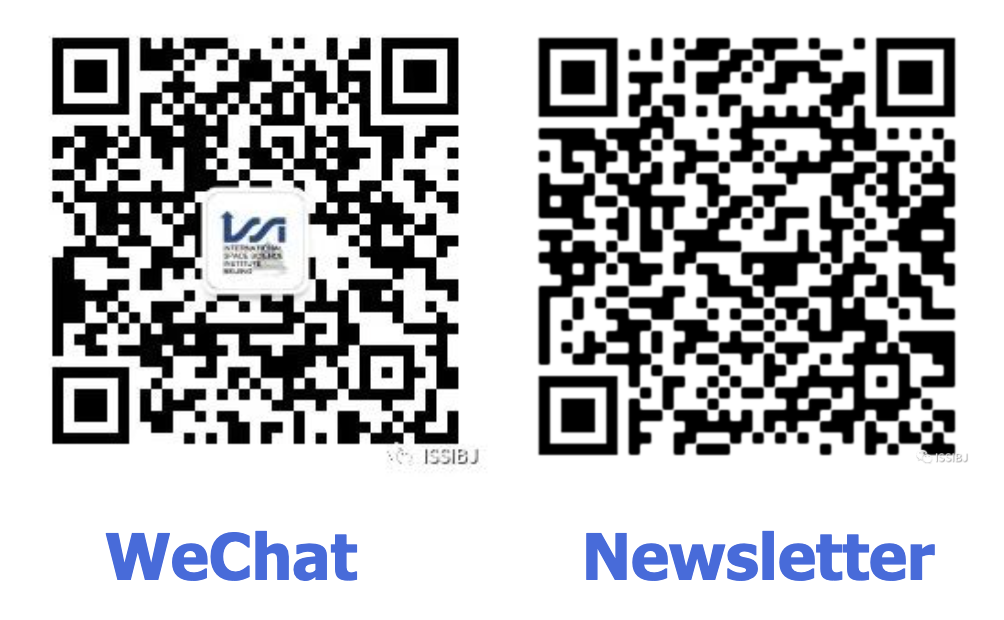Watch:Nov.3 Prof. Toshi Nishimura: Multi-Scale Magnetosphere-Ionosphere-Thermosphere Interaction
Speaker: Prof. Toshi Nishimura
3 November 2022
4 pm GMT+8

Geospace coupling involves mass, momentum and energy transport across regions and scales, and thus it inherently poses cross-regional and multi-scale nature. Localized structures in the Magnetosphere-Ionosphere-Thermosphere (M-I-T) system in space have major adverse impacts on radio communications and satellite operations. Although the existence of such structures has been known, efforts for understanding their quantitative properties and formation processes are severely limited. It is a scientific challenging issue because coupling processes across scales (multi-scale) have to be handled. We propose to quantify the role of multi-scale processes in the M-I-T system and to advance community's understanding of how multi-scale structures form and evolve. We will determine occurrence conditions and properties of key quantities over multi-scales (energetic particles, flows, currents, plasma density, and neutral density, wind, and temperature) by taking advantage of the growing network of high-resolution observations. Multi-scale numerical simulations will take the observed properties and examine reproducibility and physical mechanisms of formation of meso/small-scale structures. This investigation is timely because of the growing availability of high-resolution observation in space and on the ground, growing capability of high-resolution numerical simulations, and the significant community interest as demonstrated in several recent conferences and workshops. We form a team with a diverse and comprehensive set of expertise across our research domain throughout the M-I-T system, who otherwise will not have a chance to meet all in the same room for extensive discussion and effective collaboration.
About the Speaker
Toshi Nishimura graduated from Tohoku University, Japan in 2009. He worked at UCLA as a researcher until 2016, and he is now a research associate professor at Boston University. He received a 2015 Young Scientist Award from International Union of Radio Science, and a 2016 James B. Macelwane Medal from American Geophysical Union. His primary research interest is magnetosphere-ionosphere coupling using satellites and ground-based observations. He identified the sequence of events leading to substorm auroral onset, which was highlighted as a NASA Press Release. He also discovered the driver of a type of aurora called pulsating aurora, whose results have been published in Science. He recently works on auroral dynamics and related ionospheric structures.
Sign up to the ISSI-BJ Newsletter or follow us on WeChat (ISSIBJ)
to be always up-to-date and to not miss our seminars!


